Issue:
January 2024 | Cover Story
A tribute to FCCJ life member Bob Kirschenbaum (1936-2023)
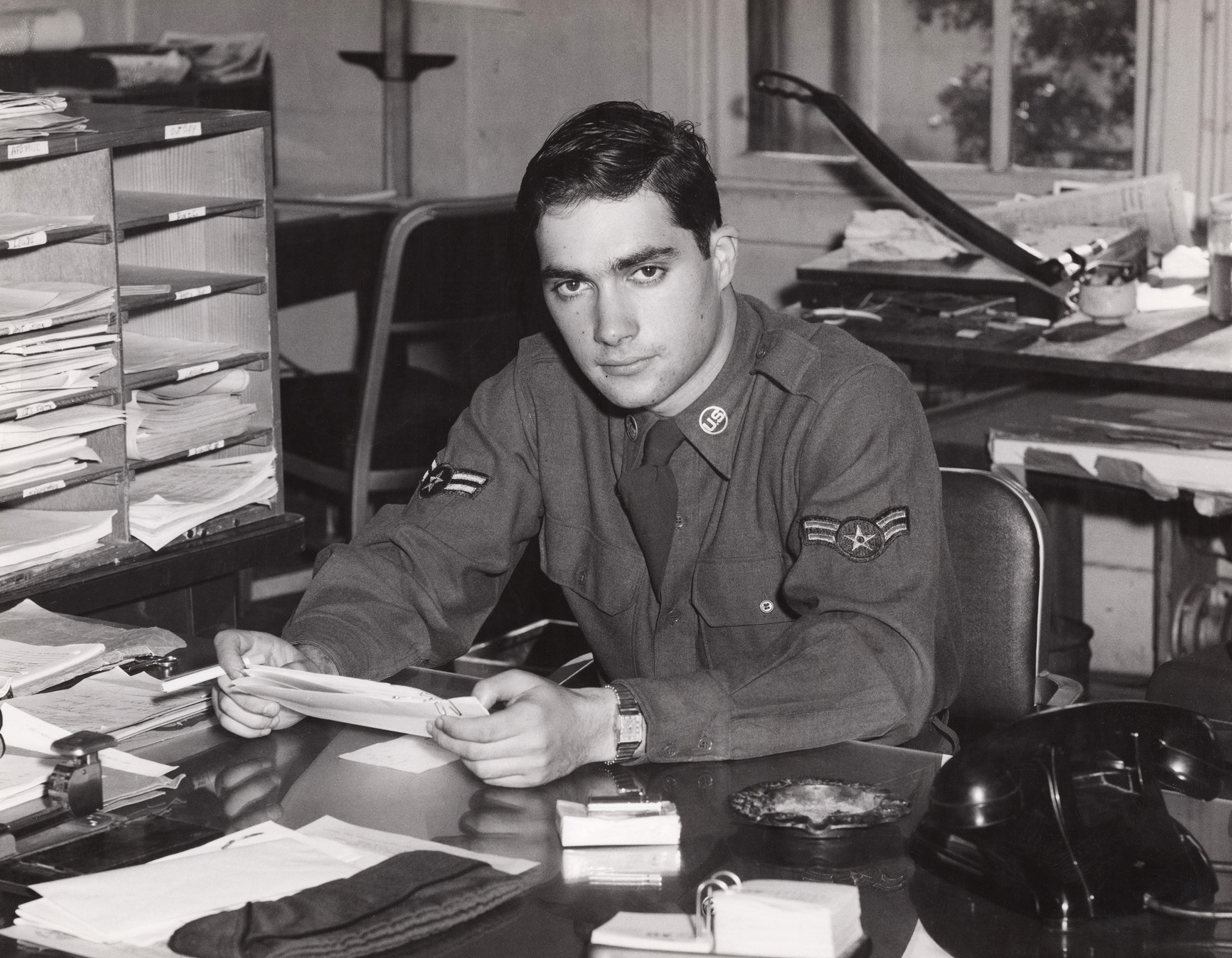
Robert Kirschenbaum was born Robert Dorne and spent his early years living in a New York tenement. After his mother, who was secretary to a judge, remarried, her new husband, a lawyer, adopted Bob, giving the boy his surname, Kirschenbaum. His mother had one more child, Bob’s younger half-brother David.
Bob was proud of his Jewish heritage, but wasn’t interested in organized religion. He remembered his father taking him to see boxing matches at Madison Square Garden and baseball games at the Polo Grounds, home stadium of the New York Giants.
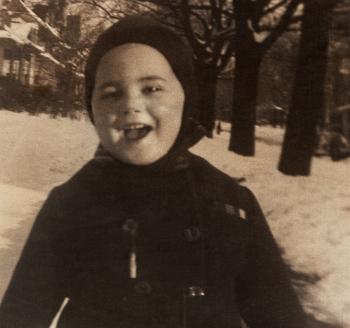
He graduated at 17 from the nationally top-ranked Bronx High School of Science. A classmate was Bobby Cassotto, later better known as the musician, songwriter and actor Bobby Darin (Mack the Knife, Dream Lover). Bob got interested in music thanks to his friend, and took up the clarinet.
When Bob went to Indiana’s Purdue University, which was noted for engineering and football, he found he was bored because he was required to study the same courses he’d already completed in high school. He dropped out of Purdue in 1954 and traveled around the United States on buses, sleeping in bus stations.
In Houston, a cop picked him up and told him that, in lieu of locking him up for vagrancy, he was taking Bob to an Air Force recruiting office. Too young and naïve to realize he was being conned and could have simply walked out of the recruiting office, he enlisted.
The Air Force sent Bob to Syracuse University for six months to learn Russian. Then he was told that he would be using his newly acquired linguistic skills living and working on one of the extremely remote Aleutian Islands, listening to Soviet pilots’ radio transmissions and translating what they said. The prospect of this miserable assignment depressed the city boy to the extent he did a repeat of the Purdue exit and went AWOL, traveling to the Catskill mountains to catch a performance by his friend Darin.
Eventually, he turned himself in. He had earned a single stripe but that was taken away and a permanent notation went into his Air Force record about the AWOL episode. But Bob was welcomed back to the service and given a far less arduous assignment as a journalist working on a newspaper at Keesler Air Force Base in Mississippi. Eventually appointed sports editor, he had to learn enough photography to carry out those duties using a Speed Graphic camera that produced four-by-five-inch images.
If not as remote as the Aleutians, Mississippi was culturally a long, long way from the airman/journalist’s New York home. Bob fell in love with the music: blues, soul (then also known as rhythm and blues), and gospel. He was unimpressed by being present for the invention of rock and roll, recognizing that the genre and its giants, such as Elvis Presley, were appropriating and rebranding black music in wholesale fashion. He liked to go to black churches and listen to gospel singing, even if he had to stand outside during the services.
Segregation was still the law in Mississippi. One day, Bob sat down in the back of a local bus, where black passengers were forced to sit. The driver stopped the vehicle and instructed the Yankee passenger about the local rules. Thus, while disappointed, he came to understand why black people he met at the base or in downtown Biloxi kept their distance from him.
In 1957, when his enlistment was almost completed, Bob was transferred to Tachikawa Air Base near Tokyo, where he ran the base newspaper. He had a Jeep, so could travel into Tokyo and frequent the bars and restaurants. Signing up for classes organized for the U.S. military by the University of Maryland, he studied Japanese under Richard Lane. He met and befriended Al Cullison, a U.S Navy veteran who held a civilian job as base historian.
Returning to New York from Japan as a civilian in 1957, Bob enrolled in Columbia, paying his way in part with the GI Bill. He continued studying Japanese but didn't graduate. Eventually, he returned to Tokyo – permanently, as things would turn out. One leg of his journey was aboard the SS President Wilson from Hawaii – “of course the lowest class you could be in. We slept on a hammock”. On that voyage, he met and befriended Hoki Tokuda, who would become novelist Henry Miller's last wife. The two passengers played ping pong together.
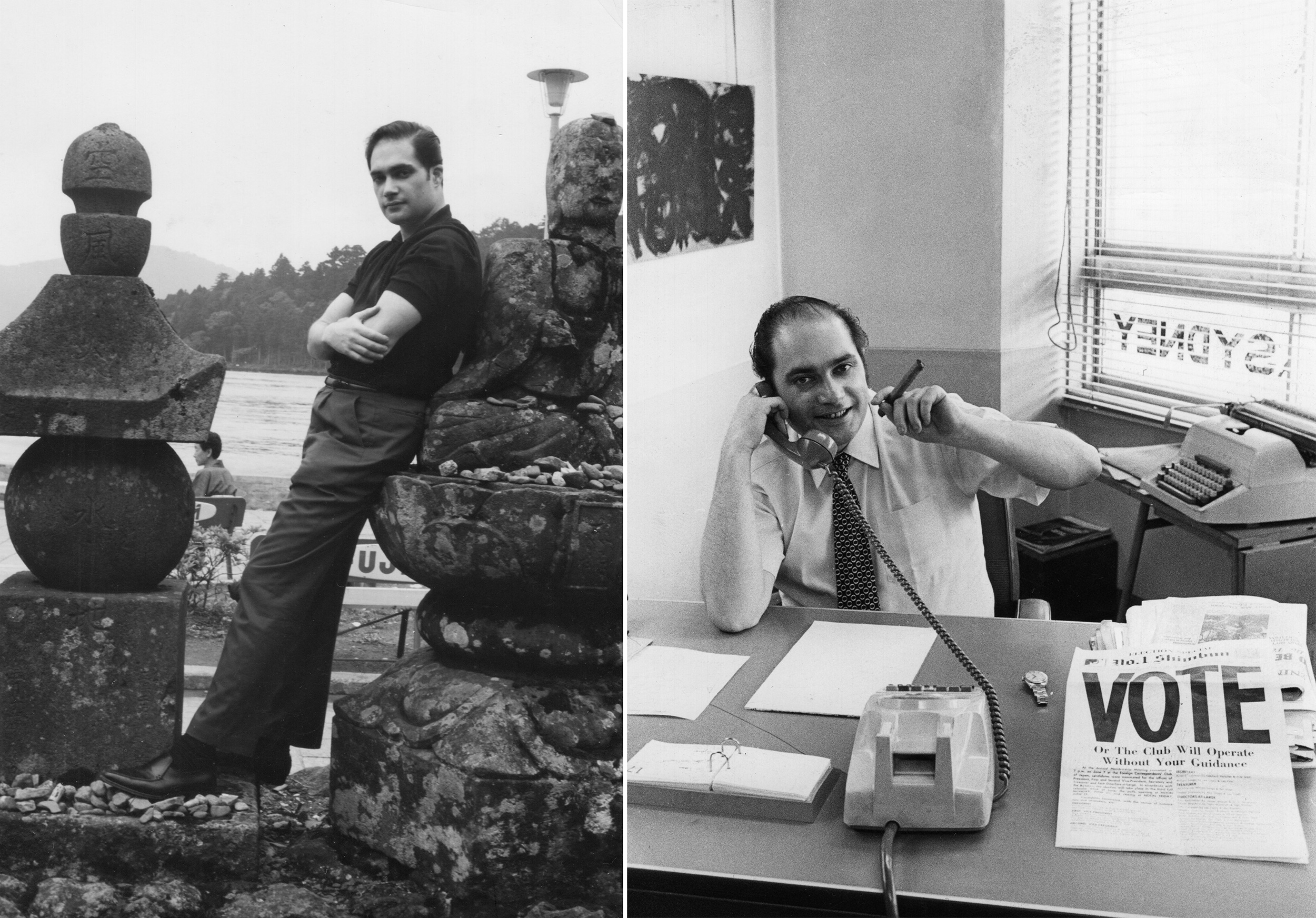
In Tokyo, prominent FCCJ member Mas Ogawa hired Bob for a desk job designing pages at the Japan Times. He caught up with his friend Cullison, who by then was an FCCJ member working for Shipping and Trade News and the Asahi Evening News. Bob joined the FCCJ in 1963. In around 1964, the two men started a company handling publicity for foreign firms. After a time, Cullison went back to regular journalism duties. (For many years until he retired and returned to the States, Al was Tokyo bureau chief of the New York-based Journal of Commerce.)
Kirschenbaum developed the company they’d begun into the leading representative in Japan of many of the world’s best photographers. If you attended a photo exhibition in a top-ranked department store or other venue, you probably were struck by the exquisite taste of the arrangers – in which case there would have been a strong likelihood that Bob and his staff at Pacific Press Service had worked their magic. An earlier No. 1 Shimbun article by former FCCJ president Bob Neff tells that story very well.
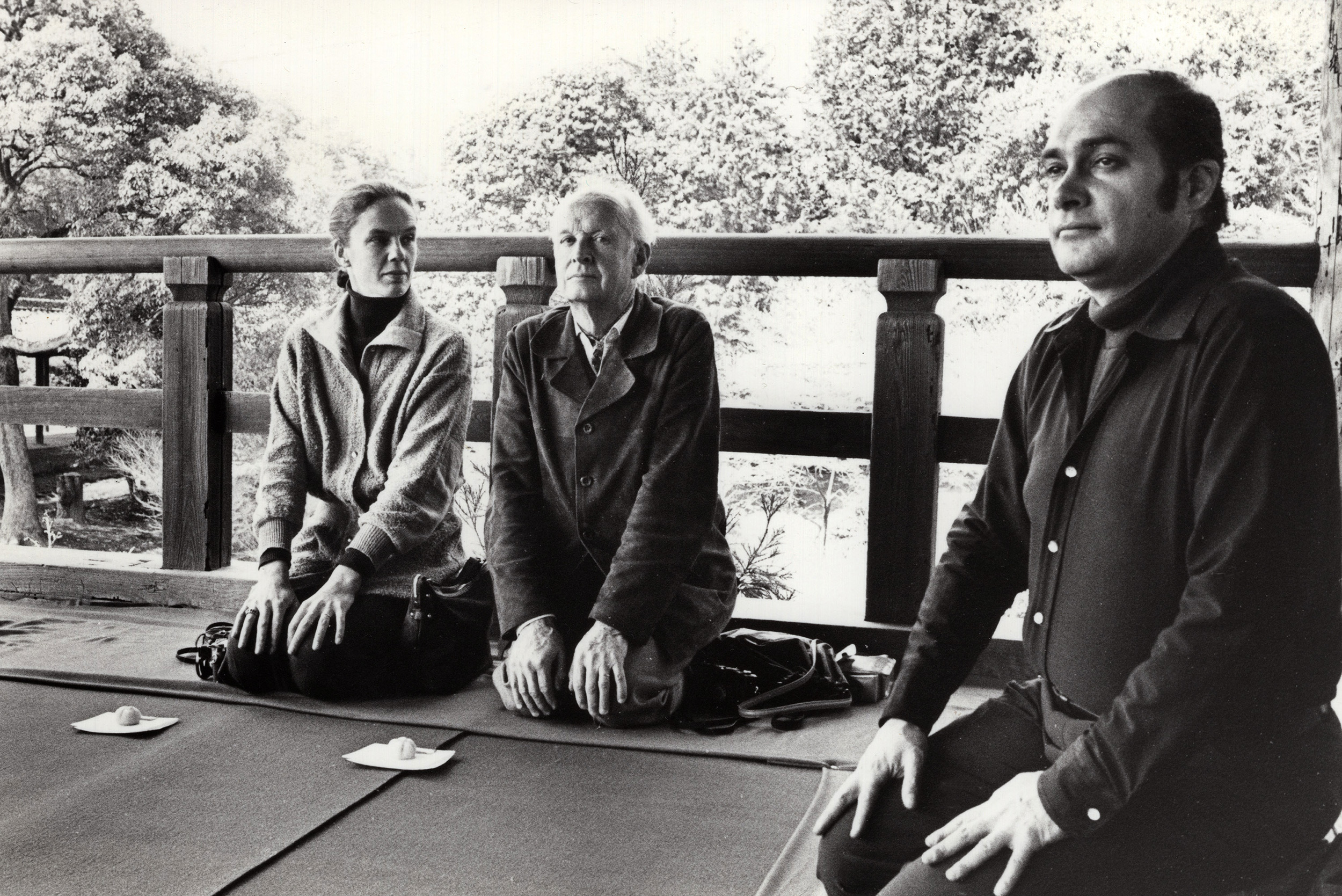
As active club members, Kirschenbaum of PPS and Neff of Business Week were recognized for their work as co-chairs of the Food & Beverage Committee. From their perch at a correspondents’ table in the main bar, the Two Bobs, as they were called, applied their hard-earned taste in wine to their work as the club’s chief tasters. It was a tough job, but somebody had to do it. They assembled a stellar wine menu.
The board of directors at one point took up the idea of honoring Bob Kirschenbaum with a life membership. (The other Bob, as a former president, was already a life member.) One of the board members at that time, a co-author of this obituary, argued that the board should postpone conferring that honor while squeezing some more work out of Bob K. He eventually got the promotion in 2011 – and didn’t flag in the least in his diligent and creative work for the club during the many years that followed until his health failed. He was deeply involved in starting the club’s Saturday Night Live free musical performances. It was no coincidence that the artist who appeared on the first designated evening was a fellow admirer of Mississippi blues, Rambling Steve Gardner.
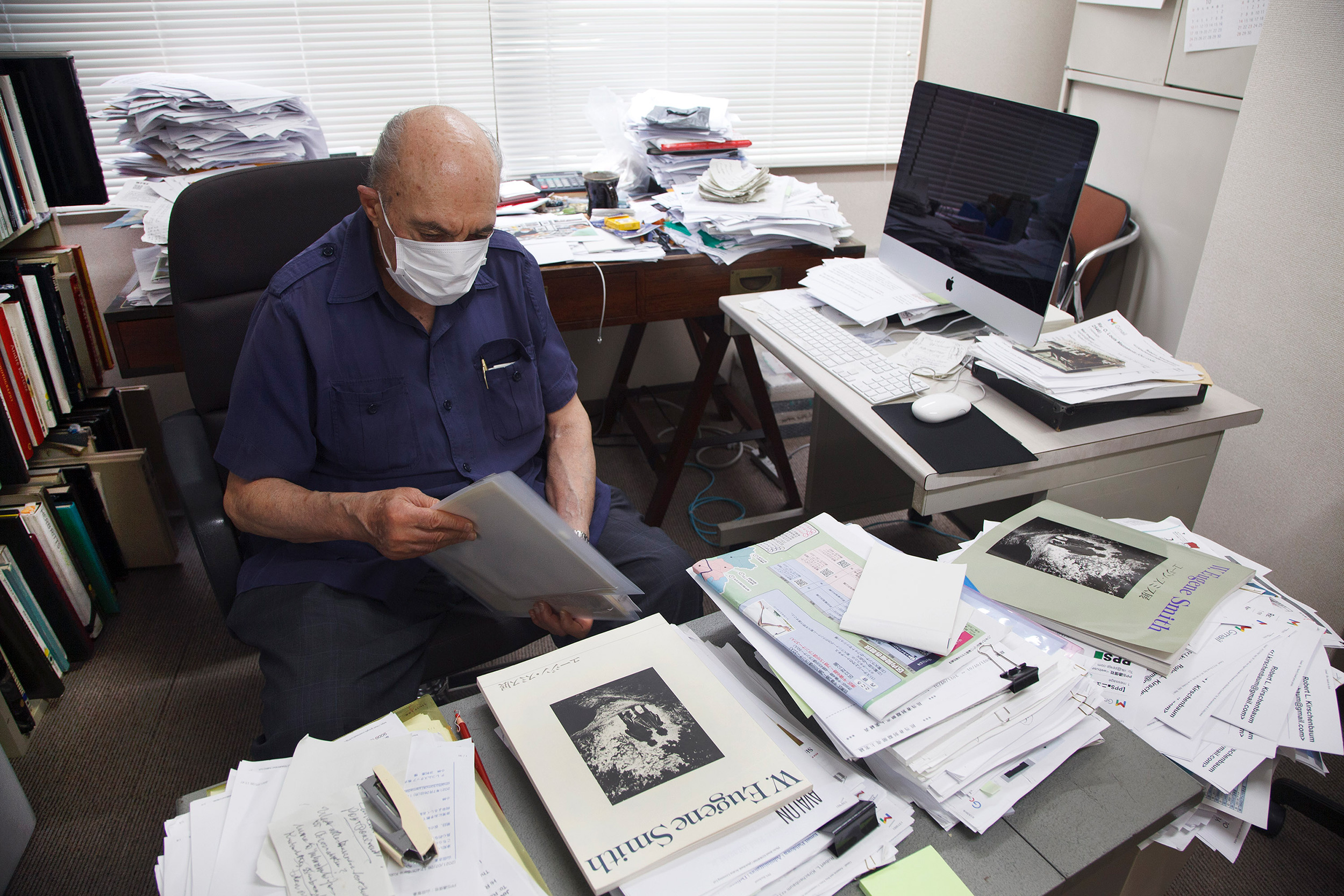
Bob Neff was the first of the two Bobs to fall ill. Sadly, in recent years Bob N has been unable to make the trip to the club from his home in Hayama. After it could no longer serve as the base of the Two Bobs, their table became known as the meeting place for a Friday evening “benkyokai,” which thrived before the Covid-19 virus arrived. Regular attendees such as Bob K – until his own health started to fail – and Anthony Rowley have held out hope that those gatherings can regain their former appeal, as masks and social distancing have become mainly matters of pandemic history.
And now Bob K himself is part of history. He left behind tangible reminders of the man we have known so that, although he’s now gone, he will not soon be forgotten. Among his many contributions to FCCJ life, he headed the group that selected the archival photographs to be framed and placed on the club walls, such as Max Desfor’s shot of the flight of refugees over the Taedong River in the early days of the Korean War.
Most recently, when he gave up his Tokyo apartment to move to a nursing home in Saitama Prefecture, he bequeathed to the club his personal library. Valuable and important books that the FCCJ library previously had not owned have now been incorporated into our collection.
Duplicate volumes are currently being sold at a sixth-floor book sale, with the proceeds going to benefit the library’s work. Buy a book (only ¥100), go down to the main bar and tell Hanif or another member of the wait staff that you’d like to try Bob K’s favorite white wine. Then raise your glass in remembrance of a great fellow member, now departed at age 87.
Bradley Martin joined the FCCJ 46 years ago when he arrived in Tokyo as Baltimore Sun bureau chief. Employers in Asia since then have been the Asian Wall Street Journal, Newsweek, Asian Financial Intelligence, Bloomberg News and Asia Times. A former 1st vice president, he's currently co-chair of the Library and Workroom Committee and serves on the Membership Committee.
Roger Schreffler, a former FCCJ president, is a veteran business journalist and Wards Automotive correspondent who has covered the Japanese auto industry since the 1970s. Schreffler interviewed Bob Kirschenbaum at length about his life and career and retained tapes and notes. Martin was able to follow up with a brief interview at the nursing home in October before the nurses told him his visiting time was up and shooed him away.

